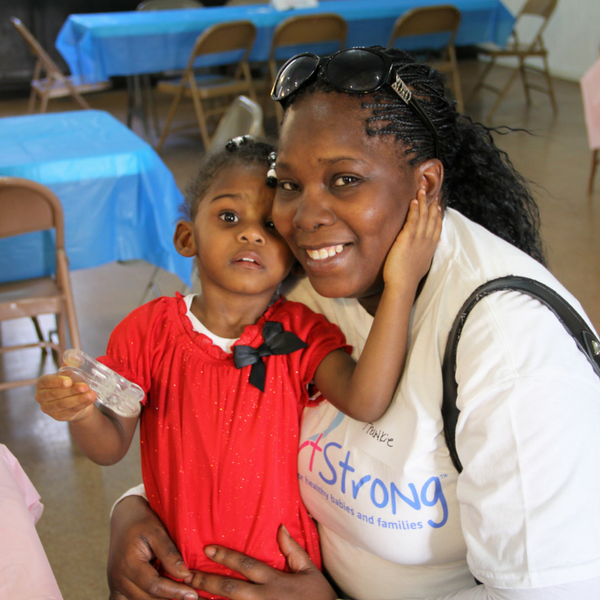
Hamilton County, Ohio (Cincinnati) ranks among the bottom 10 percent of counties across the nation for infant mortality. Many of Hamilton County’s low-income neighborhoods have infant mortality rates more than twice the national average. bi3 recognized the need to spur innovation and pilot new approaches in order to spark breakthrough change in maternal and infant health. In 2013, bi3 challenged the Cincinnati community to think differently.
A team of clinicians and nonprofit leaders responded to the call. They proposed designing a new, scalable model of care to reduce preterm birth and improve maternal and infant health outcomes. This team began in their own backyard by developing and piloting new approaches in Avondale—a low-income neighborhood in Hamilton County with an infant mortality rate more than twice the national average.
This effort became known as “StartStrong” and included innovative
leaders from the two hospitals that delivered 70% of the babies in
Avondale, the children’s hospital that cares for all preterm babies, and a community-based home visitation program for first-time mothers.
StartStrong employed a systematic approach — engaging the community, health systems and physicians — to transform the current system of care and dramatically reverse a deeply embedded record of premature births within a high-risk population. bi3 provided $3.2 million to launch the initiative and supported partners throughout, creating and fostering collaboration. They recently published a short paper highlighting their insights from this project.

